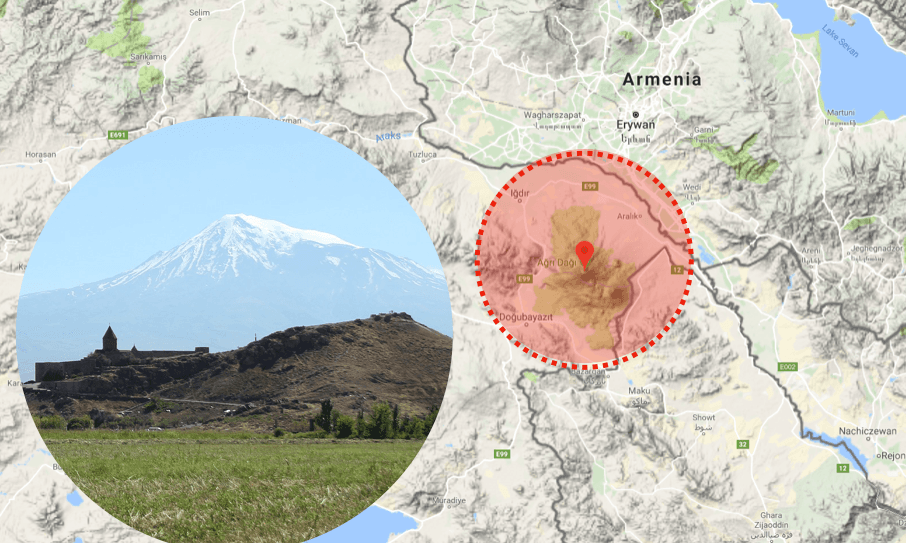Conclusive evidence of the existence of Noah’s Ark has eluded ark hunters since time immemorial.
The Bible says the vessel made landfall on the “mountains of Ararat” in Turkey after 150 days in the water.


Conclusive evidence of the existence of Noah’s Ark has eluded ark hunters since time immemorial.
The Bible says the vessel made landfall on the “mountains of Ararat” in Turkey after 150 days in the water.